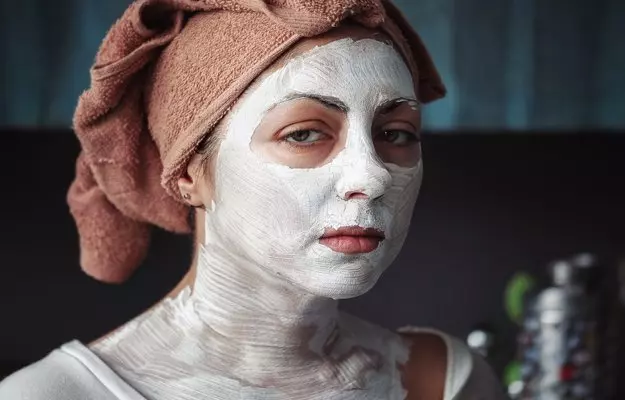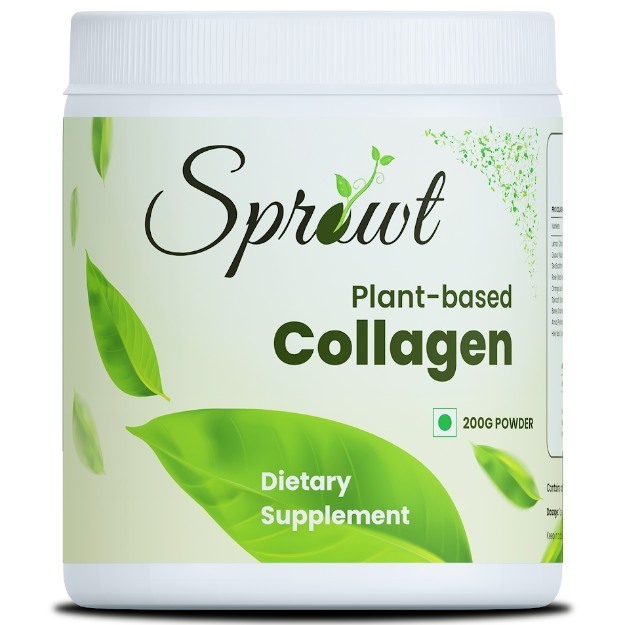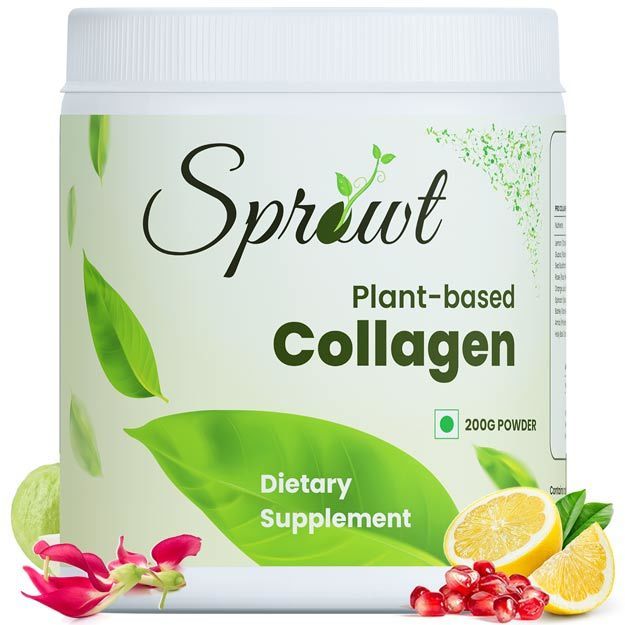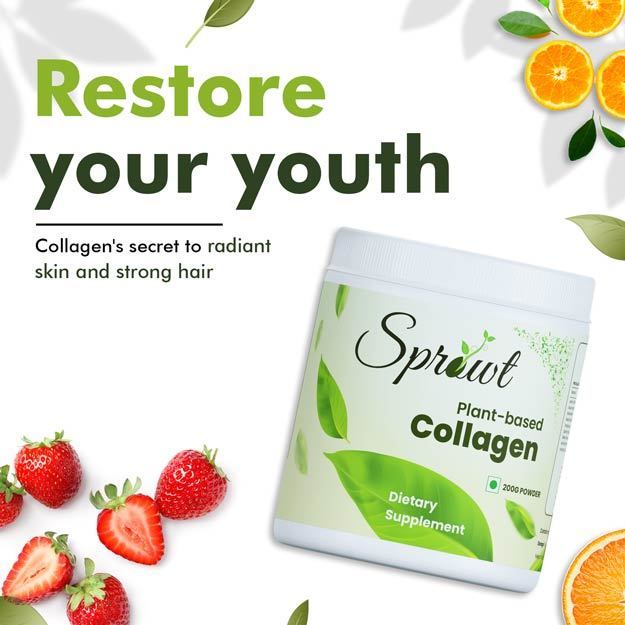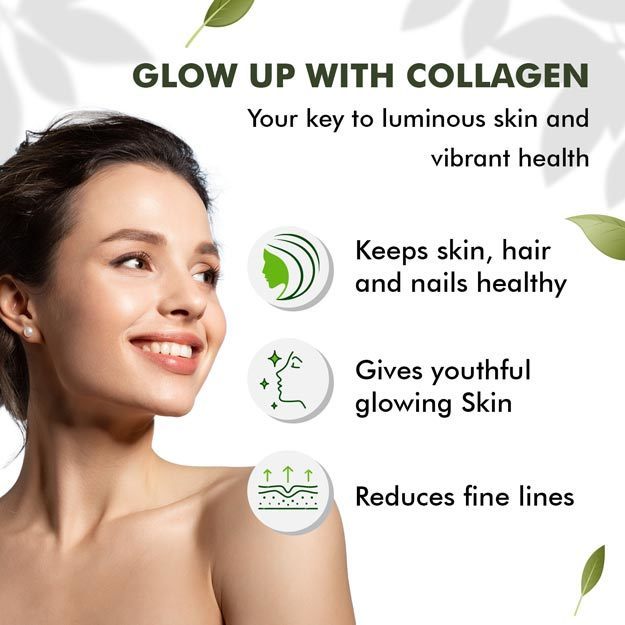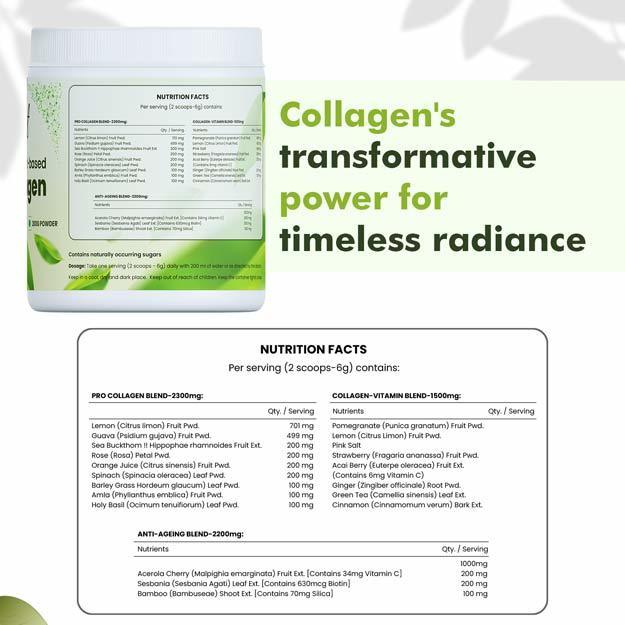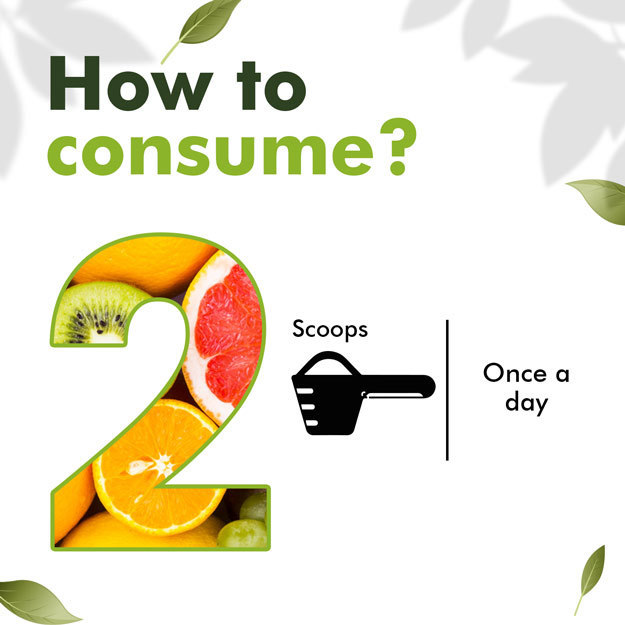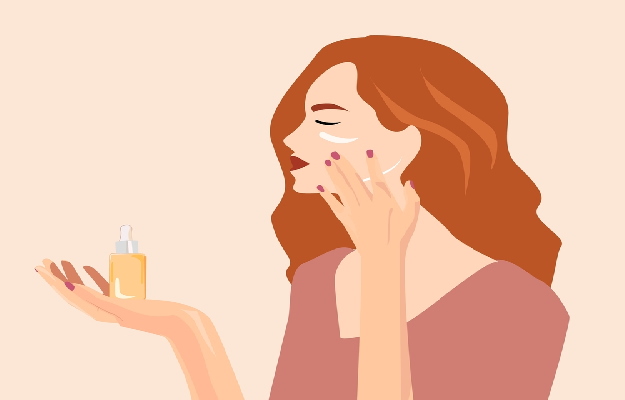Exfoliation or scrubbing removes dead cells from the skin's outermost surface. While most of us are aware of some of the benefits of scrubbing - thanks to commercials that urge us to buy scrubs with natural ingredients, microbeads and many other innovations - many of us are still left pondering which type of scrub is good for which type of skin? How often should we exfoliate? And what is the right way to exfoliate?
Well, talking about general cleansing: face wash and body wash are designed to remove the dirt and excess oil from your skin. But they don't give your skin the deep cleanse that it needs from time to time. Exfoliation removes the dead skin cells along with the dirt and oil, making your skin look clean and bright. But, just random rubbing of skin will not suffice. You need to follow proper exfoliating procedure along with taking the required precautions to avoid skin irritation and skin rashes.
Before you begin, though, you should determine your skin type and plan the type and frequency of exfoliation accordingly. This is because different types of skin demand different types of care. Read on to know how to choose the right exfoliator and the right method to exfoliate your skin.
Let's begin!

